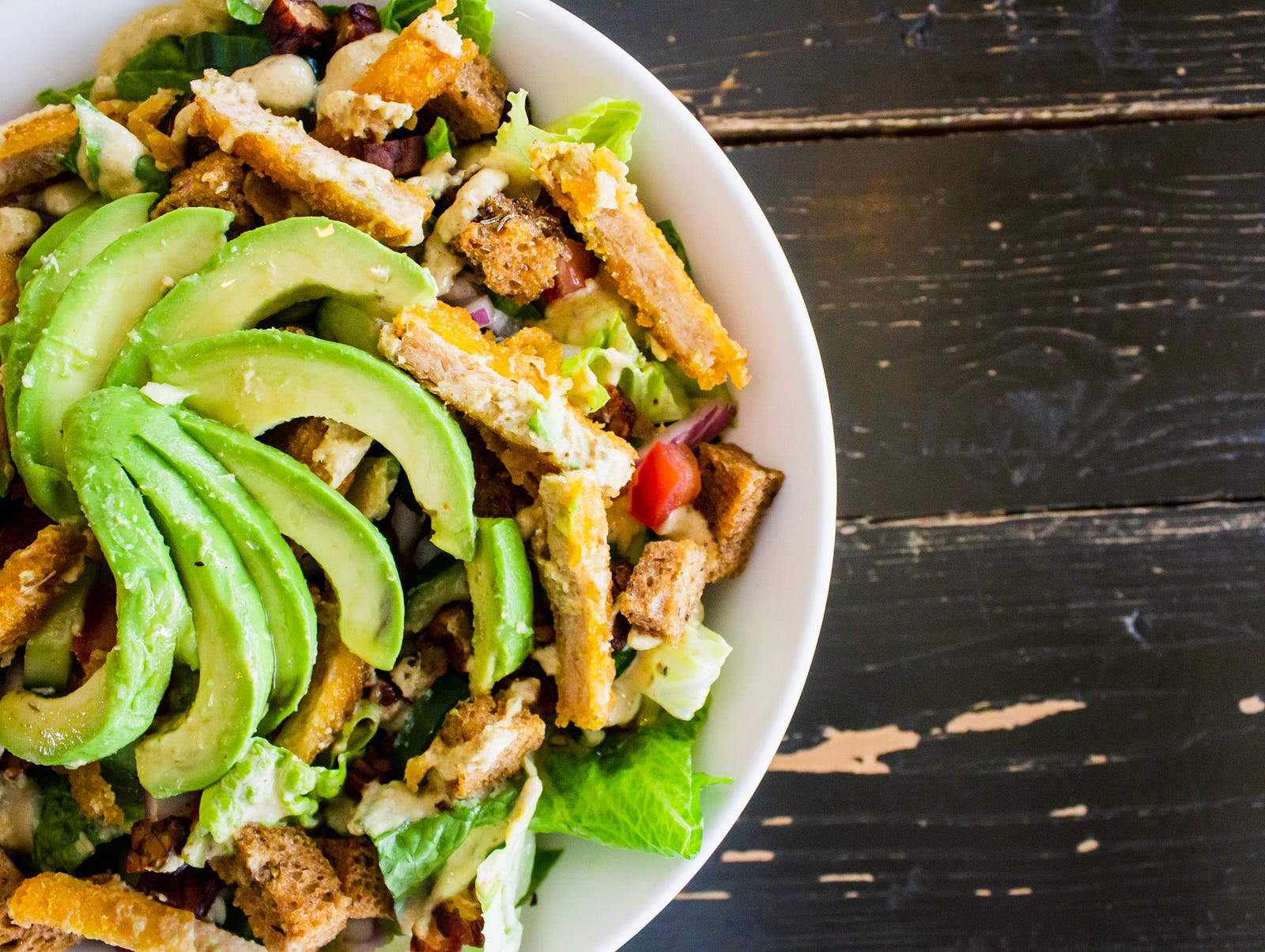The “One Meal a Day Diet” is one of the hottest weight loss trends.
It involves eating just one meal daily and fasting for the rest of the day.
Sounds crazy, right?
But, this type of diet has been proven to help people lose weight more efficiently compared to other traditional diets.
If you’re looking for an efficient way to lose weight, then the OMAD diet might be right for you.
In this article, I’ll discuss how OMAD works and if you should do it or not.
What Is the OMAD Diet?
The OMAD diet is a form of intermittent fasting where you eat just one meal per day.
This meal is your entire daily supply of calories and macronutrients.
This type of eating pattern is an advanced version of intermittent fasting because you only eat for a specific period of the day and fast for the rest.
Though there aren’t any studies on OMAD just yet, most people, including me, have seen significant weight loss with OMAD and intermittent fasting.
With OMAD, you eat at the same time each day, allowing your body to get a rest from food and digestion.
This helps to lower your insulin so you can reach a deeper state of ketosis and fat loss.
Studies have shown that people who eat just one meal daily or only low-carb foods have a much greater chance of losing weight compared to people who do just caloric restriction alone.
When I did OMAD, I was already doing a ketogenic diet and intermittent fasting, so the transition was pretty easy.
Also, when I was doing just keto and intermittent fasting alone, I reached a weight loss plateau that I couldn’t break.
But, when I did OMAD, I could finally break that plateau.

How Does the OMAD Diet Work?
The key to the OMAD diet is eating exactly one meal per day, at the same time every day. For the remaining 23 hours of the day, you are fasting. You can drink water or other zero-calorie beverages, but you can’t eat anything else.
When you only eat one meal per day, you’re fasting for most of the day.
And, when you’re fasting, you reach a state of ketosis because your insulin lowers, causing you to use your own fat for fuel.
How to Do the OMAD Diet
OMAD is very simple to start since you just need to eat one meal a day. But, the first few days will be a little harder. This is because your hunger hormone, ghrelin, will go up at the times you used to eat.
I combined OMAD with a low-carb diet, which is not necessary for weight loss, but it definitely sped up the process.
Here is what one of my sample meals looked like:
- Scrambled eggs w/butter
- Salad w/feta cheese and olive oil
- Salmon w/lemon butter sauce
- Guacamole
- Nuts
- Full-fat milk
Since I wanted to lose weight, I aimed to eat around 1,500 calories each day, which was about 500 calories less than my maintenance.
Your maintenance calories are the number of calories you can consume in a day without gaining or losing weight.
At first, I didn’t know the number of calories in the foods that I ate.
But, after checking the internet for a couple of weeks before I ate something, I could estimate the calories in my head and just made sure that it was 500 calories less than my maintenance calories.
As long as you are consistent with your OMAD diet, your hunger will eventually die down, and you’ll be able to lose weight quickly.
Then, once you lost all the weight you wanted to lose, you can make your eating window longer if you want more freedom.
Now, I’ll discuss the pros and cons of OMAD so you can figure out if it’s right for your weight loss goals.

OMAD Diet — Pros
- Intermittent fasting benefits multiplied — All the benefits of intermittent fasting, like fat loss, cognitive improvement, and more energy, are all multiplied on OMAD.
- Automatically lower in calories — Eating one meal a day automatically makes you more full compared to other low-calorie diets. This is because, with OMAD, you lower your insulin instead of just reducing your calories, so you get less hungry and reach ketosis. This leads to you eating fewer calories since you’re less hungry.
- More energy — Most people, including me, felt more energetic on OMAD compared to other low-calorie diets. This is because, with OMAD, you can use your body fat for fuel more efficiently since your insulin is lowered.
OMAD Diet — Cons
- Impossible to build muscle — Since you are only eating one meal, you aren’t spiking muscle protein synthesis enough. If you plan on building muscle, it would be better to eat four meals a day with at least 25 grams of protein each meal.
- Hunger pangs early on — Having just one meal daily may cause you to experience hunger pangs early on. The solution to this is to keep doing OMAD consistently, and then your hunger hormone, ghrelin, will adjust to make you hungry at the time you usually eat.
- Lack of micronutrients and fiber — Eating just one meal per day might cause you to eat fewer vegetables since you may be too full to eat vegetables. To negate this, keep doing OMAD until you become hungrier during your OMAD meal, and then you’ll get hungry enough to eat your vegetables. In the adjusting period, you can always supplement with microgreen powders.

Should You Do the OMAD Diet?
The OMAD diet is very effective if you want to lose weight quickly without being hungry. However, you must be willing to give up all your old habits and adopt a new way of eating.
However, if you want to make significant changes to your diet to lose weight, OMAD is excellent.
There are many effective ways to lose weight and improve your health, but OMAD is my favorite since it’s simple and easy to do.
It also lowers your insulin, so instead of just restricting calories, it puts you into a state of ketosis so you can burn fat without getting ravenously hungry.
If you’re interested in trying the OMAD diet, I recommend starting with a ketogenic diet alone first and then progressing into variations of intermittent fasting, like 18:6, then 20:4, etc., so your body can slowly adjust to your new way of eating.
Once you’ve achieved your desired body weight with keto and OMAD, you can expand your fasting window to be bigger, so you have more freedom.
But, if you start to gain weight, go back to OMAD.
Conclusion
The OMAD diet is a very effective way to lose weight quickly.
If you want to try it, start out with a keto diet, then add intermittent fasting, and slowly lower your eating window until you reach OMAD.
Once you reach your goal body weight, if you want to, you can expand your eating window to get more freedom.
I hope this helped!
If you want to read my complete guide on how I lost weight with intermittent fasting, here’s my article where I share everything I’ve learned about intermittent fasting so you can lose weight too.
- Can You Still Lose Weight If You Aren’t in Ketosis? - February 8, 2023
- Can the Keto Diet Help With Depression? - February 8, 2023
- Why Does Processed Food Make You Fat? - January 2, 2023




